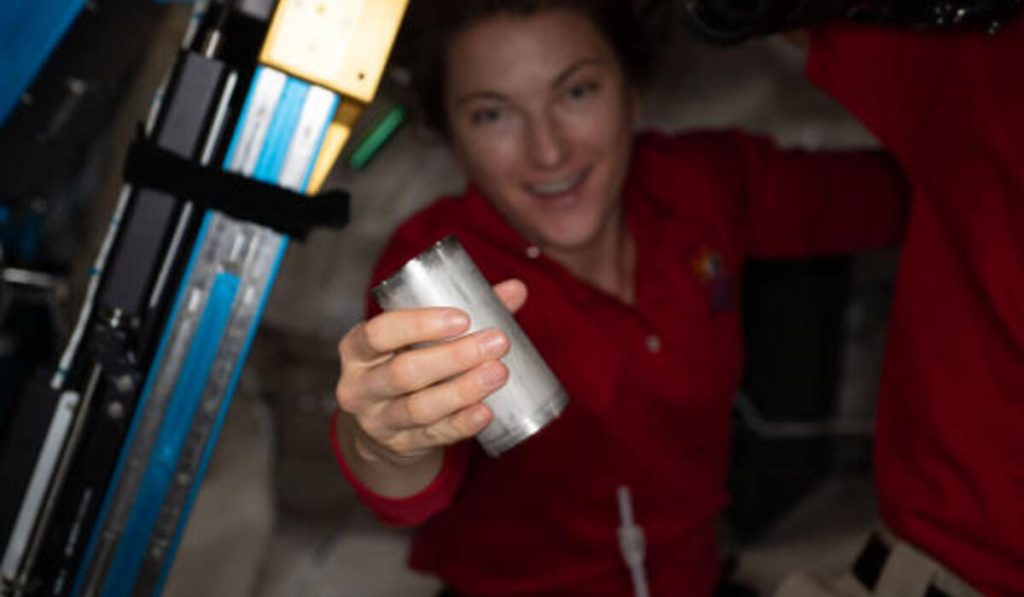NASA has made a big achievement in technology that could be important for future missions to the Moon and beyond. They announced this week that the International Space Station is now recycling 98 percent of all the water astronauts bring on board.
A new system has been developed for achieving this in which one part of the system captures moisture from the astronauts’ breath and sweat with special machines called “advanced dehumidifiers.”
Another part of the system, called the “Urine Processor Assembly,” recovers the water from astronauts’ urine using a process called vacuum distillation. NASA says this process creates water and a leftover liquid called urine brine that still has usable water in it.
NASA has been testing a new device to extract the remaining water from the urine brine, and thanks to this device, they have observed a water recovery rate of 98 percent on the space station. Before, the station was only able to recycle about 93 to 94 percent of the water brought by the astronauts.
“This is a very important step forward in the evolution of life support systems,” said NASA’s Christopher Brown, who is part of the team that manages the International Space Station’s life support systems. “Let’s say you collect 100 pounds of water on the station. You lose two pounds of that and the other 98 percent just keeps going around and around. Keeping that running is a pretty awesome achievement.”
If the thought of someone else drinking their urine is causing you to gag, fret not. “The processing is fundamentally similar to some terrestrial water distribution systems, just done in microgravity,” said Jill Williamson, NASA’s ECLSS water subsystems manager. “The crew is not drinking urine; they are drinking water that has been reclaimed, filtered, and cleaned such that it is cleaner than what we drink here on Earth.”
According to Williamson, systems like the ECLSS will be critical as NASA conducts more missions beyond Earth’s orbit. “The less water and oxygen we have to ship up, the more science that can be added to the launch vehicle,” Williamson said. “Reliable, robust regenerative systems mean the crew doesn’t have to worry about it and can focus on the true intent of their mission.”

